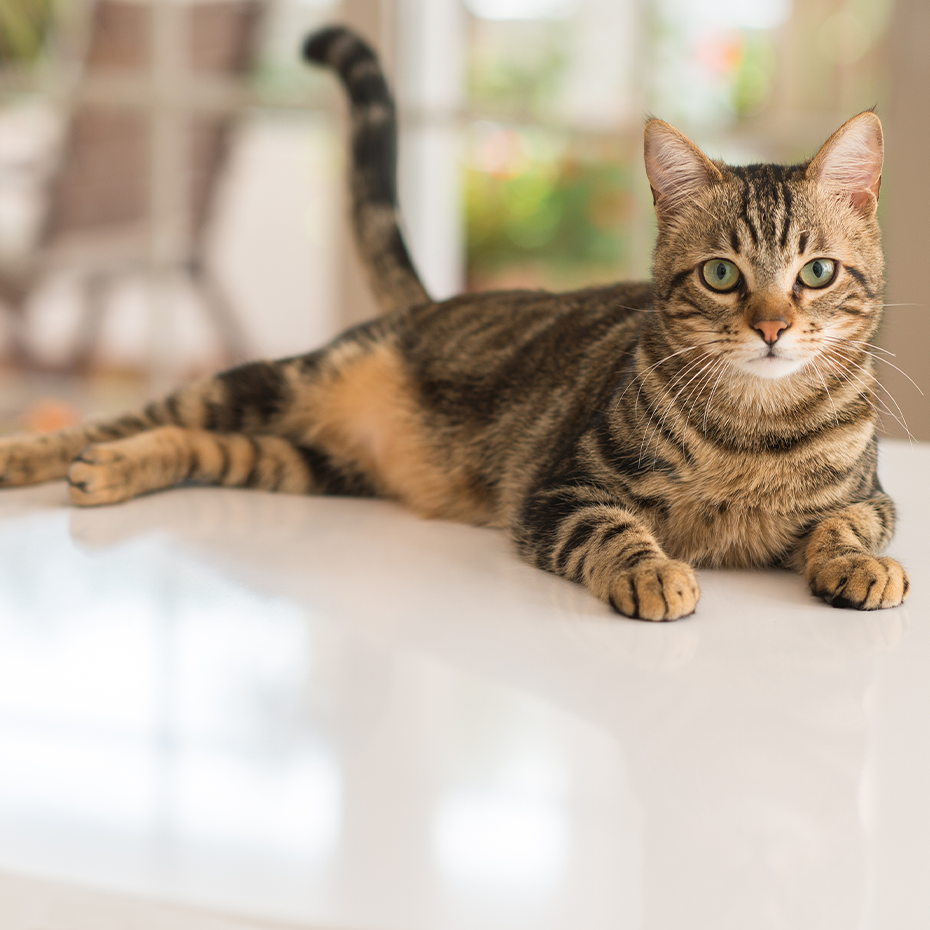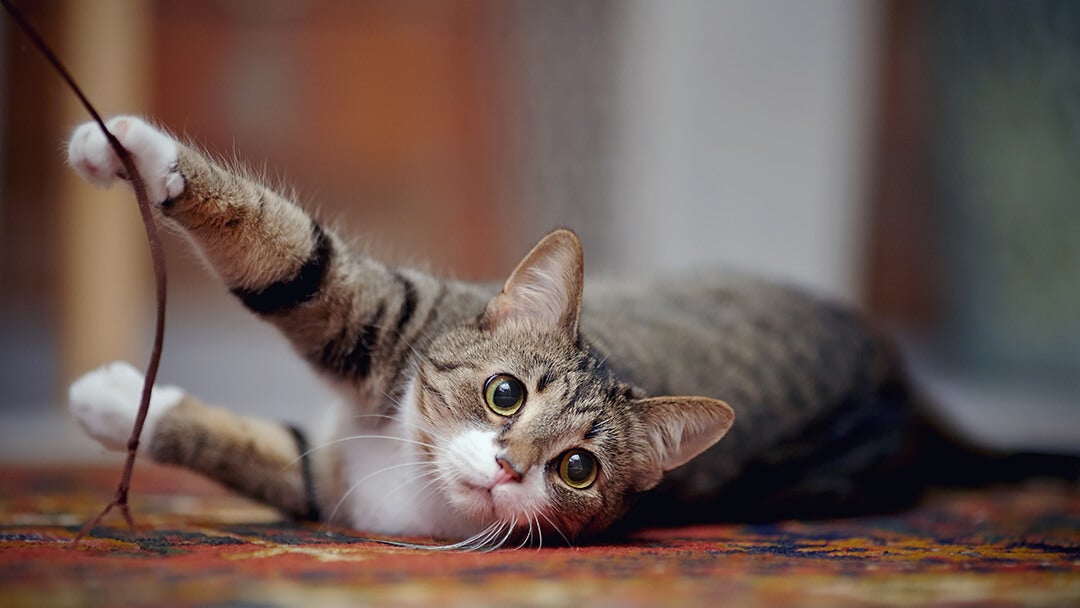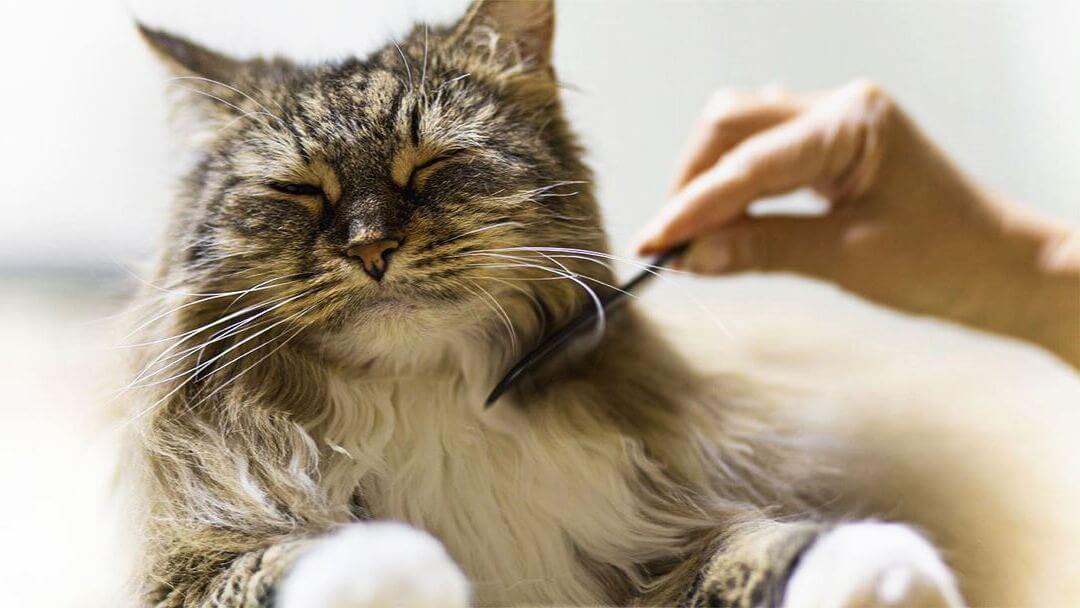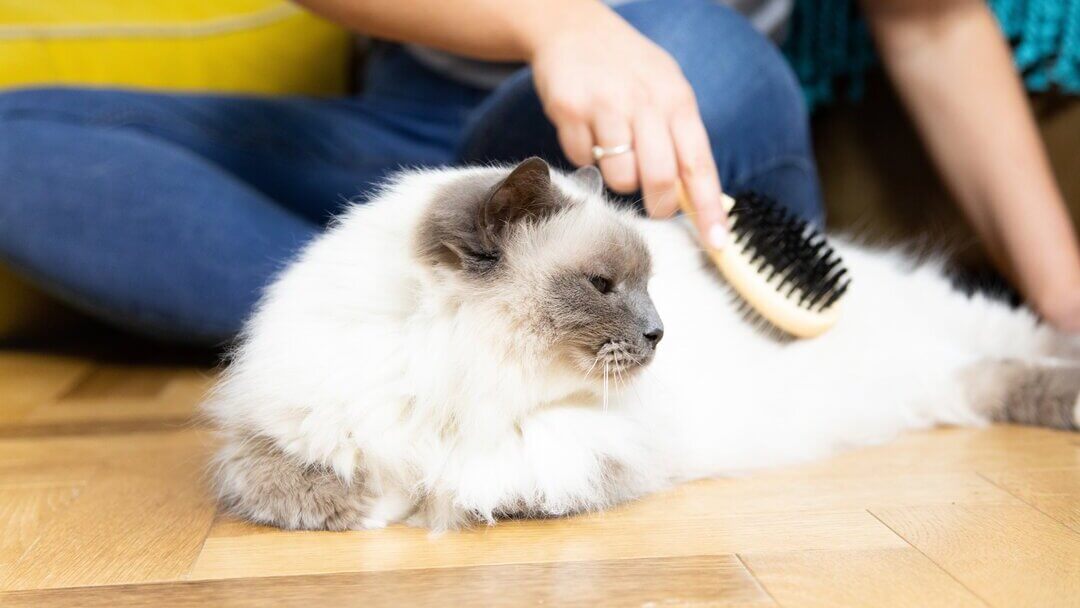
Cats are incredibly clean creatures, but sometimes they may need a little bit of help cleaning those hard to reach places like their ears. Find out how to clean a cats ears and what you should be looking out for with our handy guide.
Cats usually do a really good job of keeping themselves clean, but sometimes they may need added help in places that are hard to reach, like their ears. It’s not easy for your cat to give the inside of their ears a thorough clean so it’s usually a good idea to keep an eye on them and clean them when necessary.
It’s important that cats’ ears are kept clean in order to avoid ear infections and other possible problems, but many cat owners don’t know how to do it. Keep reading for our top tips and advice for cleaning a cats ears and what you should be on the lookout for.
How often should you clean a cat’s ears?
You should always make sure to regularly check inside of your cat’s ears so that you can be on the lookout for any problems or a possible infection. It’s best to incorporate this into their grooming routine and make sure to look inside their ears at least once a week.
It will depend on your cat’s habits when it comes to how often you should clean their ears. If you have a house cat you may find that you rarely need to clean their ears, whereas if you have a cat that’s always getting up to mischief outside, they may need more regular cleaning to remove dirt they’ve picked up.
It’s generally a good idea to start doing regular checks when your cat is a kitten to get them used to having their ears handled, otherwise they may be nervous and this can make cleaning a cats ears a difficult task.
What to look for when cleaning a cat’s ears
When cleaning cat’s ears, you should always be on the lookout for any signs of infections. The most common symptoms for cat ear infections are as follows:
- Bad or odd-smelling odour
- Bald patches and/or scaly skin
- Excessive head shaking and scratching of ears
- Dark coloured debris around the ears
- Excessive ear wax
- Ears are tender to the touch
If your cat displays any of the above symptoms then it can be a sign of a larger problem and you should seek the advice of your vet as soon as possible.
Top tips for cleaning a cat’s ears
It’s best to try to clean your cat’s ears when they’re feeling relaxed, such as when they’re snoozing on the sofa or after you groom them, as this will make the process much less distressing for you both. When your cat seems relaxed, gently turn their ear inside out so that you can see all the way into their ear canal – it’s a good idea to use a small torch for this part to allow you to get a better look.
Make sure that you check both of their ears and be on the lookout for any indicators that your cat may have an ear infection such as discharge or a strange odour. If your cat’s ears are healthy, they won’t have too much earwax or dirt and they will appear as a healthy pale pink colour. If this is the case then there is no need to clean your cat’s ears.
If there appears to be dirt inside their ears or too much ear wax then it’s a good idea to give them a clean to prevent infections and excessive wax build up. You’ll need cat ear cleaner which can be purchased from your local pet store or vets, and you’ll also need a moist, lukewarm cotton wool ball to apply the cat ear cleaner. To clean their ears, simply apply some of the cleaner to the moist cotton wool ball and carefully wipe away any wax or dirt.
Never use any products intended for humans or that contain alcohol, as this may irritate their sensitive ears. Also make sure that you don’t put anything down your cat’s ear canal like ear buds or liquids.
If your cat isn’t used to having their ears handled, you may need to ask someone to help you, and get them to hold your cat still while you clean their ears. Alternatively, if help isn’t available and you feel that your cat’s ears really need to be cleaned, then you can wrap them in a towel to prevent them from biting and scratching you.
After cleaning a cat’s ears, be sure to give them a treat as this can get your cat to associate getting their ears cleaned with a positive experience, which can help them get used to the process much more quickly.
If your attempts at cleaning your cat’s ears appears to be causing them distress and you suspect they need cleaning, don’t persist as this could result in further damage, and take them to a vet instead. Your vet may be able to administer a mild sedative and will be able to inspect your cat’s ears thoroughly.















